The announcement of the Arboretum San Antonio marked a major step toward creating a sanctuary for trees and green space on San Antonio’s South Side.
At a press event in May 2024, local leaders, including Mayor Ron Nirenberg and former Mayor Henry Cisneros, unveiled plans for the 188-acre tree sanctuary to be developed on the site of the former Republic Golf Course. Landscape architecture firm Sasaki, known for its expertise in open space design, was selected to develop the master plan.
During my conversation with Tom Corser, CEO of Arboretum San Antonio, he emphasized the importance of this project in addressing the city’s need for equitable access to nature. “You’ve gotta have a balanced community,” Corser said. “That community has to have that open space, that green space…we’re filling a void from an equity perspective, but we’re also filling a void from an overall San Antonio perspective.”
Combating Rising Heat: San Antonio’s Answer Lies in Trees
San Antonio is grappling with the growing threat of extreme heat, with temperatures rising year after year.
The city’s urban heat islands (UHIs)—pockets of developed areas that absorb and retain heat—exacerbate this problem. Research shows that parts of San Antonio can feel up to 9°F hotter due to these heat islands, threatening public health, especially in lower-income areas with fewer trees.
In our discussion, Corser pointed out how the Arboretum would help mitigate these heat-related issues. He spoke about how trees can address some of the pressing challenges the city faces, saying, “We can help mitigate some of the heat islands with shade, developing green infrastructure as Suzanne Scott, Texas State Director at The Nature Conservancy, likes to call it.”
In 2023, the city recorded over 787 heat-related illnesses, and experts warn that heat waves will continue to worsen as climate change progresses. To combat this, San Antonio has launched initiatives like the Cool Pavement Program, but experts agree that planting more trees is one of the most effective long-term solutions.
The Arboretum’s mission is more than just preserving green space—it’s about building climate resilience for the future.
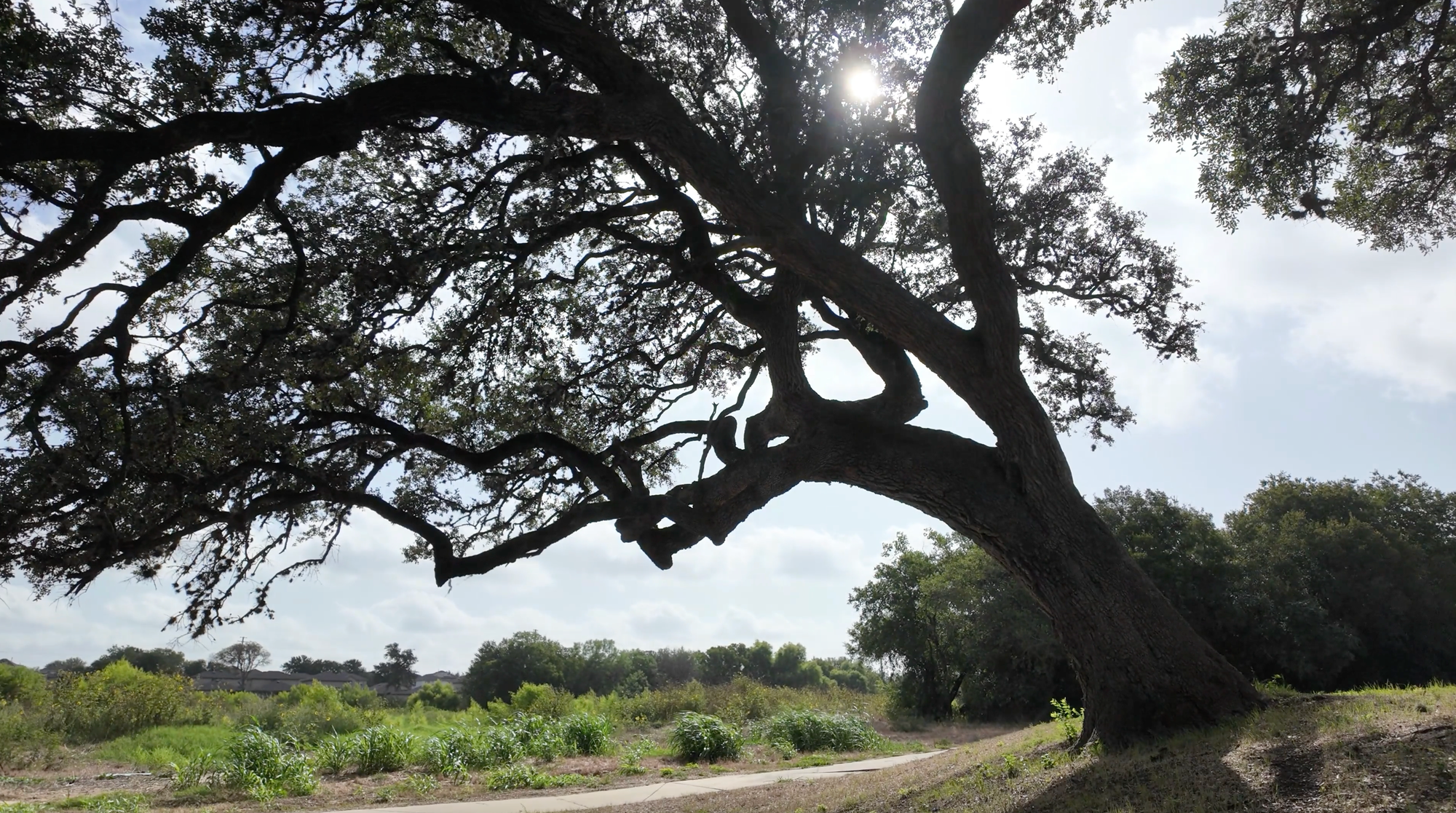
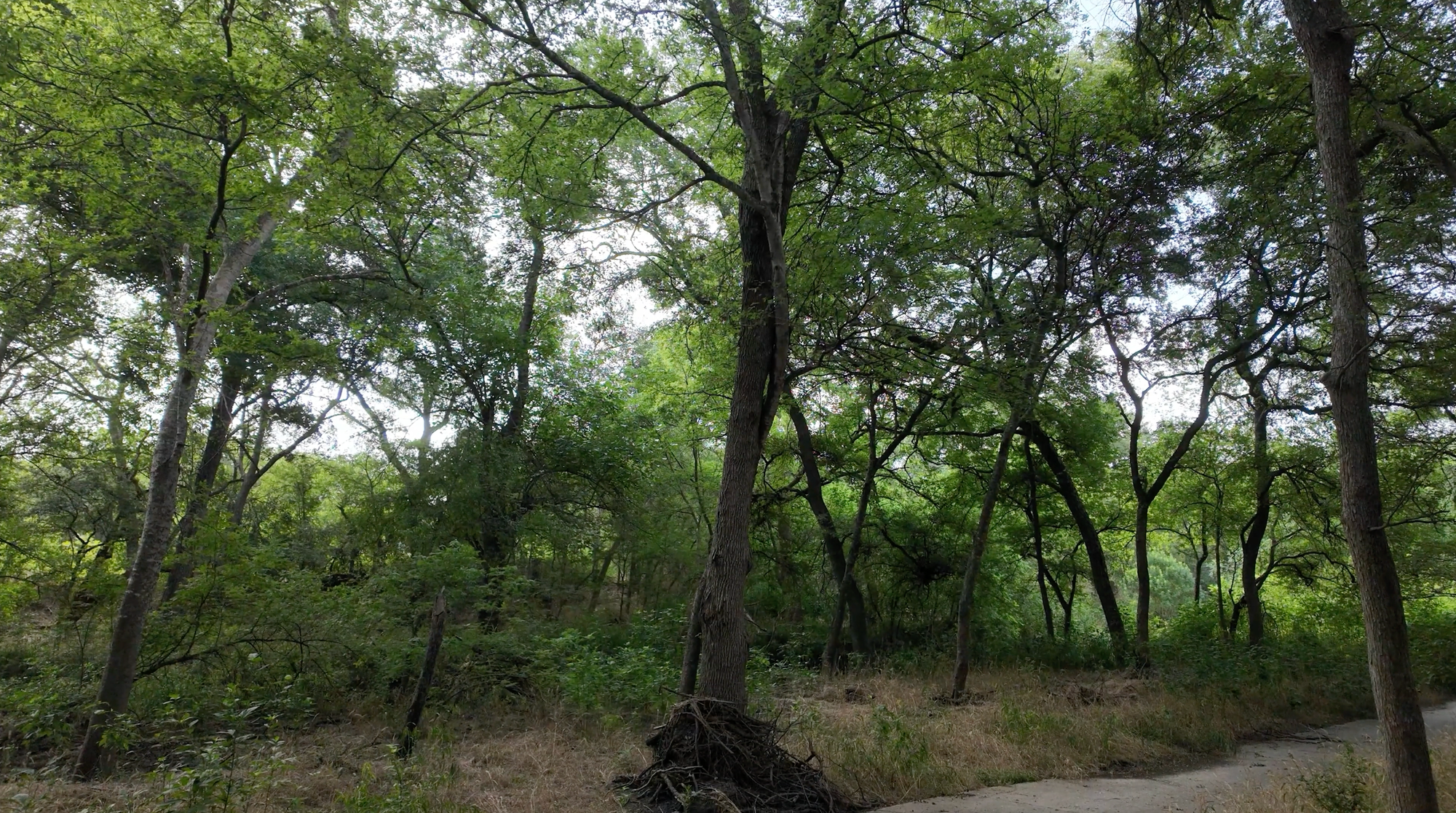
Trees are one of the most potent weapons we have to combat the urban heat island effect. Unlike air conditioning, which can fail during power outages, trees provide consistent and growing cooling effects as they mature. A single young tree has the cooling power of 10 room-sized air conditioners running for 20 hours a day, and this effect doubles within 15 years.
Arboretum San Antonio’s 188-acre site, which already hosts over 85 species of Texas native trees and plants, is designed to be a living laboratory for studying the effects of plants on urban environments.
The Arboretum’s focus on tree planting, coupled with its tree nursery, ensures that the benefits of this project will extend beyond its borders, providing a sustainable source of trees for the entire city. As Corser explained, “We can grow trees in a nursery… We can give those trees to the city, the county, and to the residents of San Antonio such that that arboretum becomes San Antonio.”
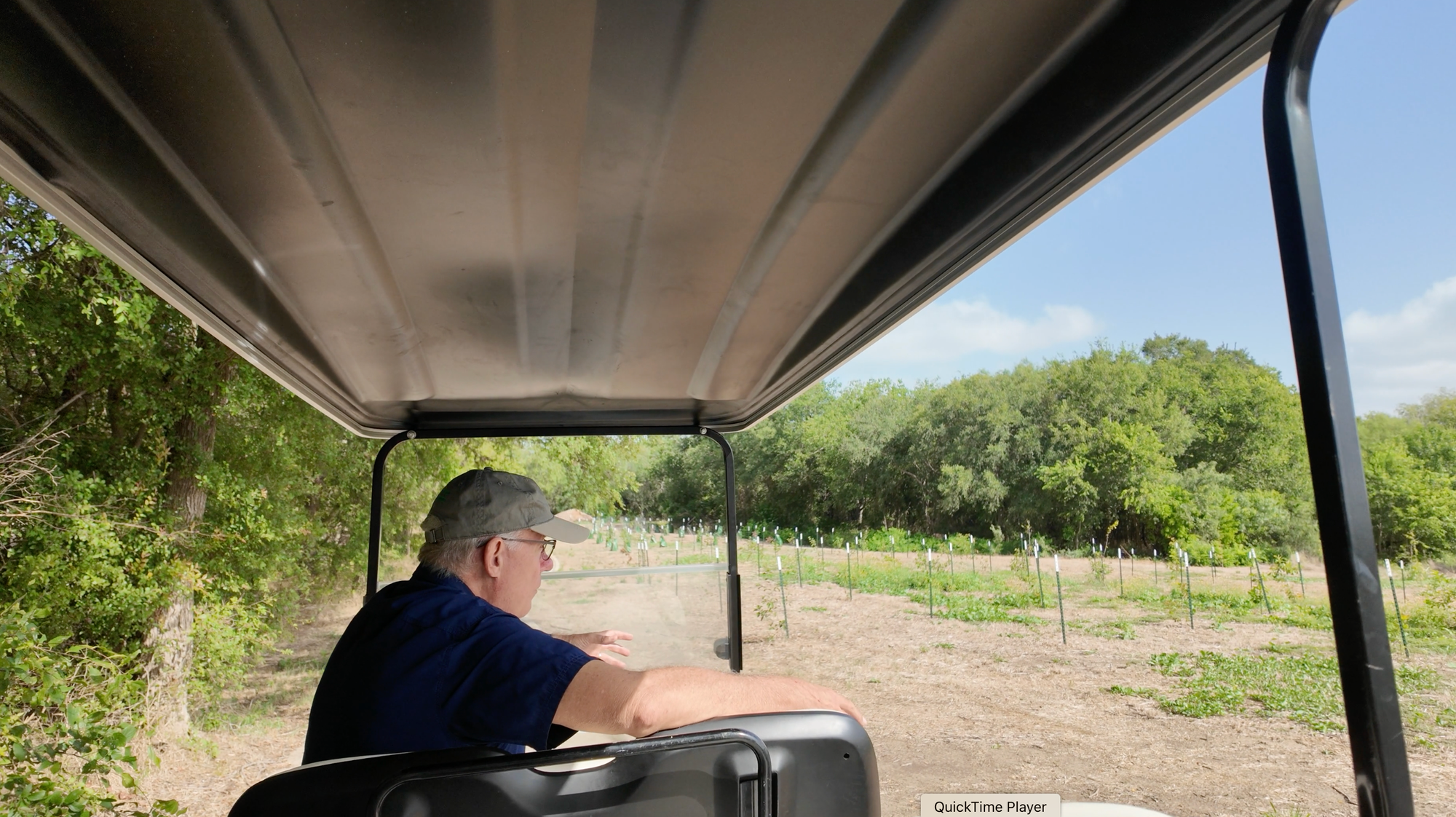
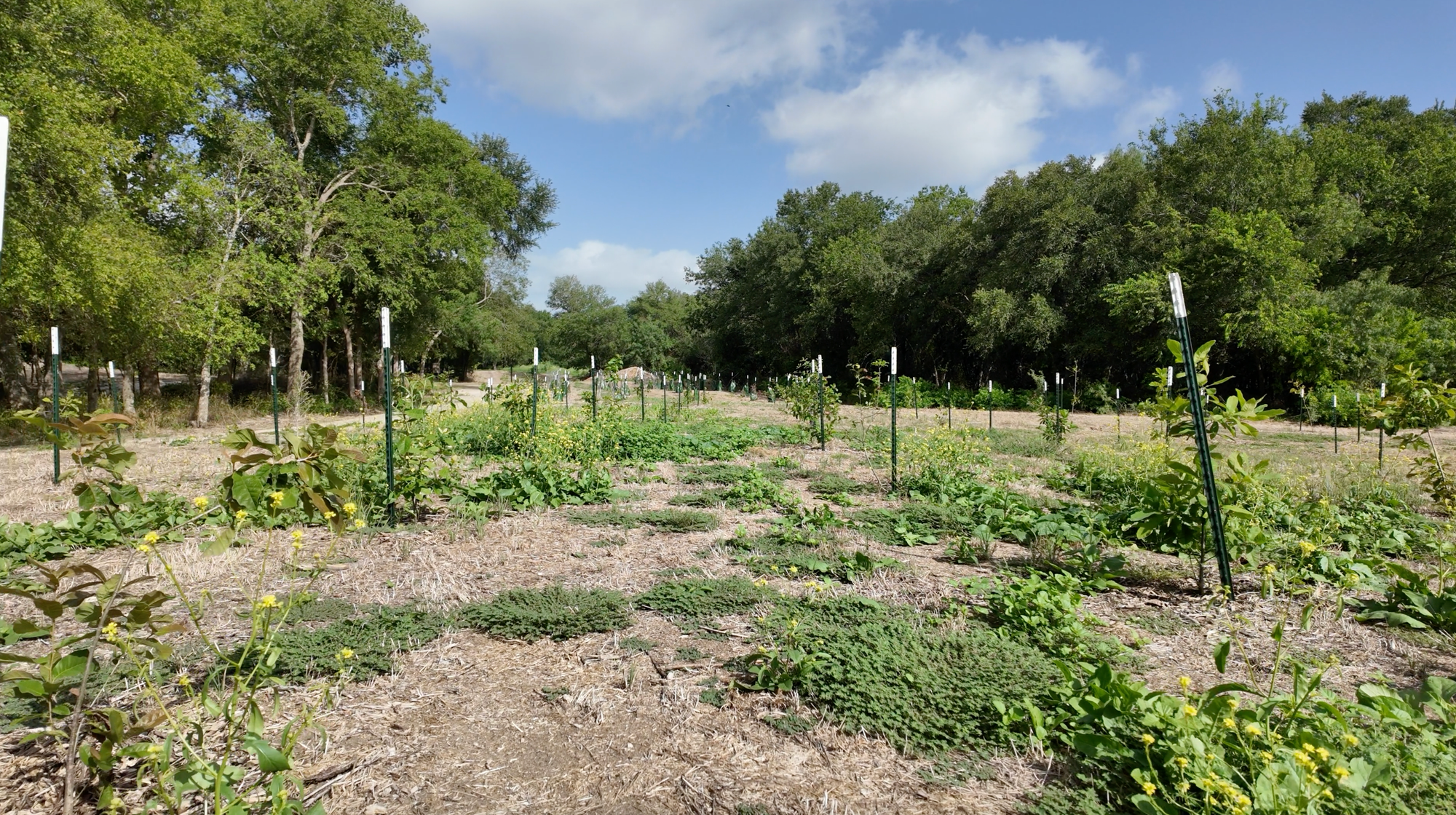
The tree nursery at Arboretum San Antonio.
Where Native Plants Thrive: A Sanctuary for Endemic Species
San Antonio is uniquely situated at the confluence of four ecoregions—Blackland Prairie, South Texas Plains, Post Oak Savannah, and Edwards Plateau. Hence, the Arboretum’s location is very significant from an ecological perspective. The site is home to a wide variety of species, many of which are endemic to the region.
Endemic species are those that are found only in a specific geographic area and nowhere else in the world. These species are often unique to their ecosystems, making conservation efforts in their home regions critical to their survival.
The Arboretum will showcase our native species while helping restore habitats that have been lost over time. In fact, the Arboretum hopes to play a pivotal role in protecting and expanding San Antonio’s tree canopy, which is crucial for reducing the urban heat island effect, as previously mentioned, as well as improving our air quality.
Corser is particularly passionate about the heritage trees on the property. “We have heritage trees that have been here 200 years,” he said. “It provides a rich context for our heritage, and we’re very excited about telling those stories and gathering people to learn them.”
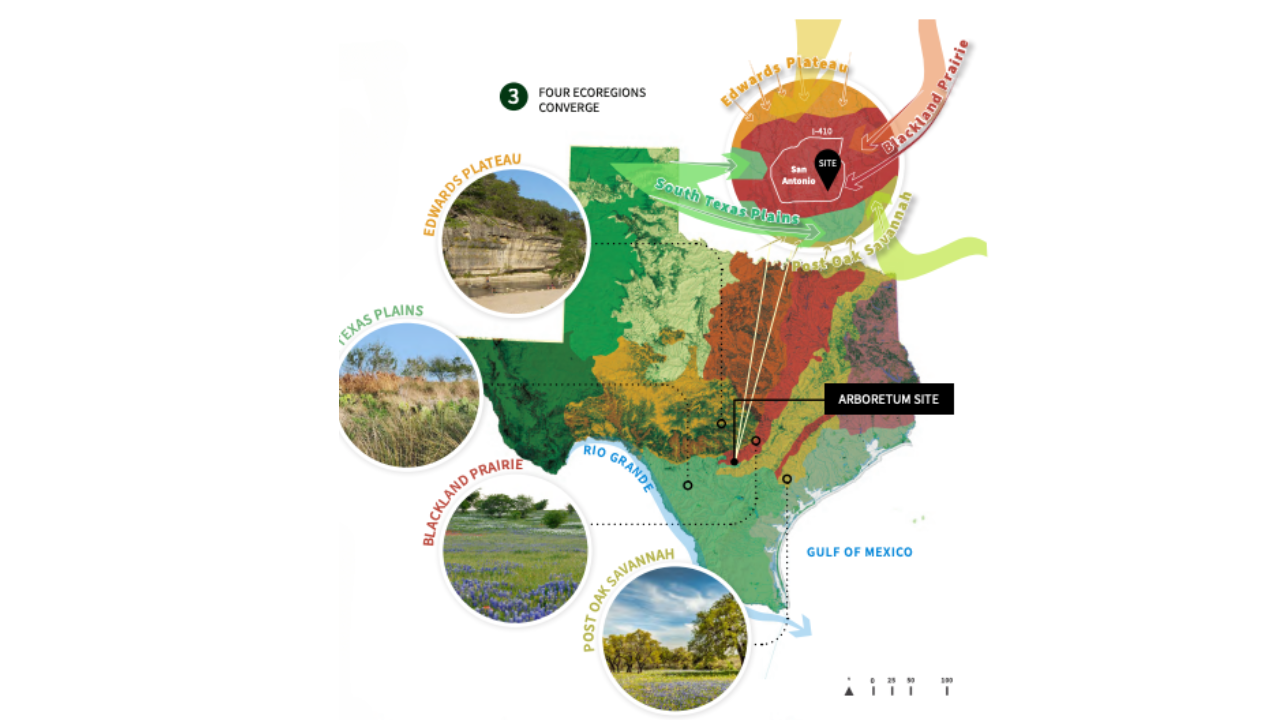
A Sustainable, Water-Saving Arboretum
A significant part of the Arboretum’s strategy is its sustainability efforts. By using recycled water from the San Antonio Water System (SAWS), the Arboretum will maintain its green spaces without placing additional strain on the Edwards Aquifer, one of the region’s most critical water resources.
Corser shared his enthusiasm about the sustainable infrastructure, highlighting the use of recycled water: “We have 300 acre-feet of recycled water… we can keep this a very verdant place without impacting the Edwards Aquifer.”
The Arboretum will also contribute to improving water quality downstream by addressing stormwater runoff from nearby highways and neighborhoods. As Salado Creek runs through the property, the Arboretum will manage erosion, nutrient pollution, and accumulation of trash to preserve the integrity of this important waterway.
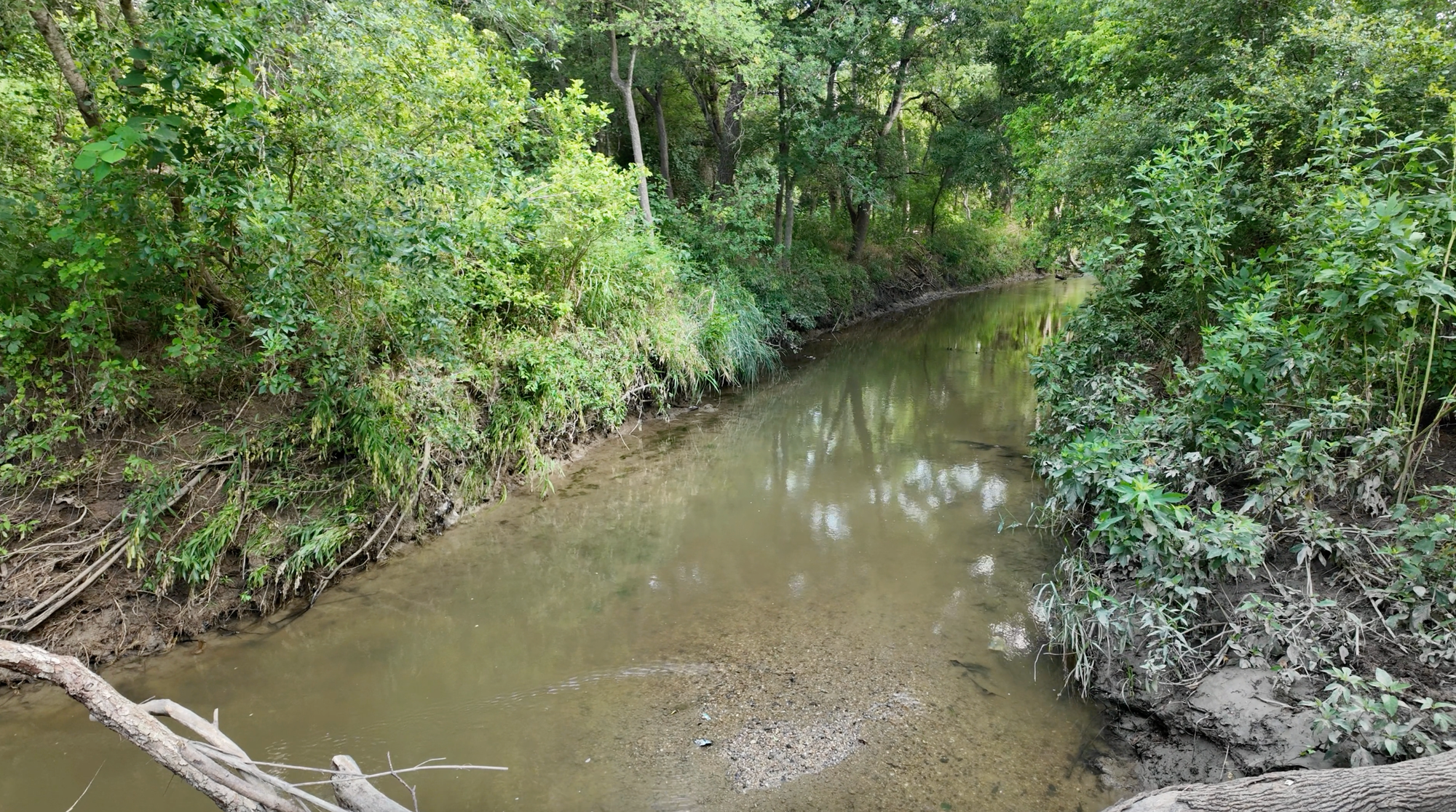
Engaging the Community: Growing San Antonio’s Future Together
One of the core principles guiding the Arboretum’s development is community involvement. The Arboretum has launched a year-long master planning process, which includes public workshops, surveys, and focus groups to ensure that the final design reflects the desires and needs of San Antonio residents.
As Corser explained during our conversation, “We need to hear those voices in volume so that we can represent all those needs in the arboretum.”
The Arboretum will also serve as an important educational resource. Visitors will have the opportunity to learn about the ecological relationships between trees, animals, and ecosystems, gaining a deeper understanding of the region’s rich biodiversity.
The Arboretum’s tree nursery will contribute to this educational mission by providing non-commercially available trees to the city, further supporting efforts to expand San Antonio’s tree canopy and combat climate change.
Challenges Ahead: Building an Arboretum That Lasts
While the Arboretum San Antonio offers significant potential, there are still challenges to overcome. One major concern is funding. As a nonprofit, the Arboretum relies on a combination of grants, donations, and sponsorships to finance its development. The project’s commitment to remaining free for visitors, while crucial for promoting accessibility, adds layer of complexity to the financial model.
Corser acknowledged the challenges but remained optimistic, stating, “This is a long-term effort that will cost a lot of money, and we’re going to have to invest sweat equity as well as financial equity as well as purpose.”
Arboretum San Antonio represents a significant and hopeful response to the city’s need for more green spaces, particularly in underserved areas.
By focusing on the ecological, educational, and cultural value of trees, the Arboretum will provide a lasting resource for the community while addressing critical environmental challenges. Its commitment to sustainability, community engagement, and education ensures that the Arboretum will not only be a sanctuary for trees but a sanctuary for the people of San Antonio as well.
As Corser concluded during our conversation, “We will make a fantastic place, the Arboretum San Antonio… a place that reflects the diversity, culture, and beauty of our city.”
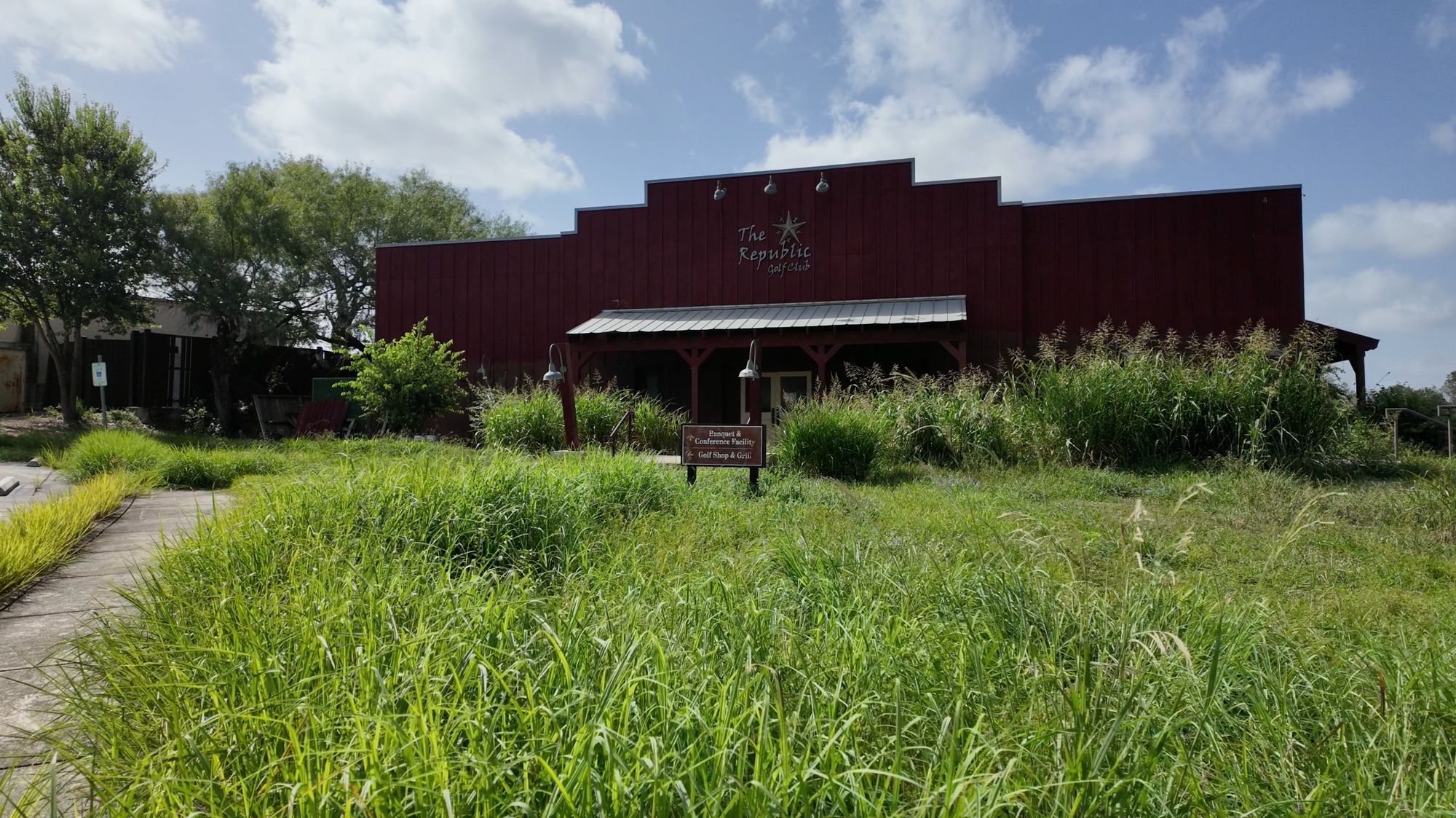
Learn More:
1. Arboretum San Antonio Official Website – Dive into the vision for San Antonio’s first arboretum, explore the master planning process, and learn how you can get involved in shaping this unique community green space.
2. San Antonio Report: Arboretum Master Plan Underway – Get insights on the master plan launch, the selection of Sasaki as the lead design firm, and key community figures, such as Henry Cisneros, backing this project.
3. Sasaki’s Announcement on the Arboretum – Discover Sasaki’s approach to planning the Arboretum, focusing on sustainability, inclusivity, and educational programming to benefit the San Antonio community.


